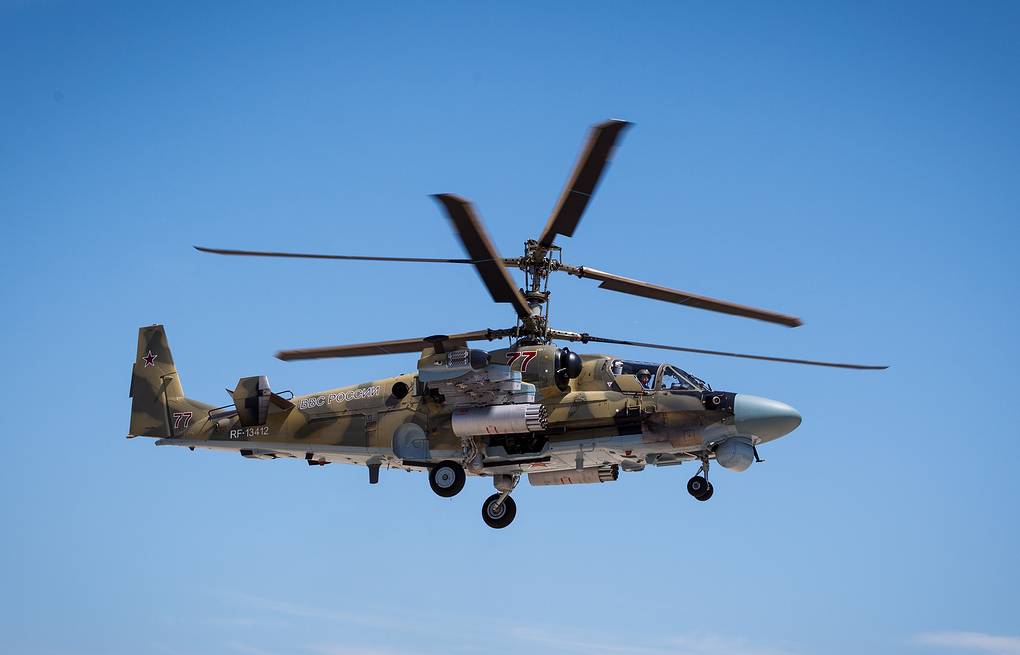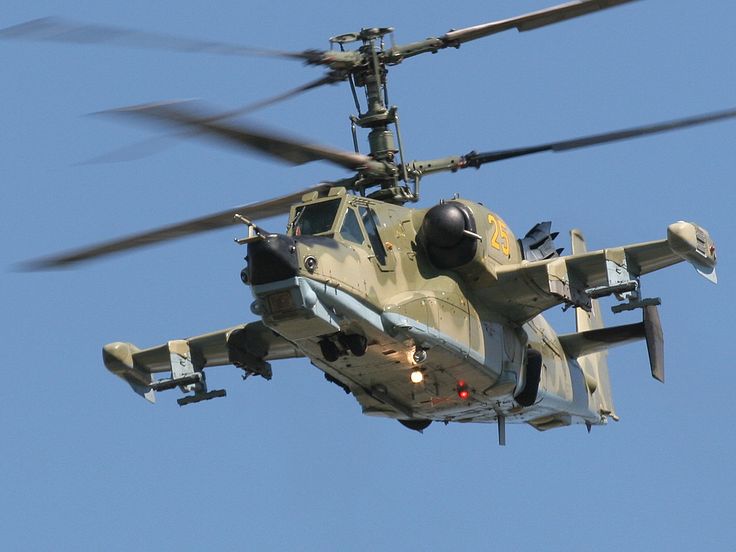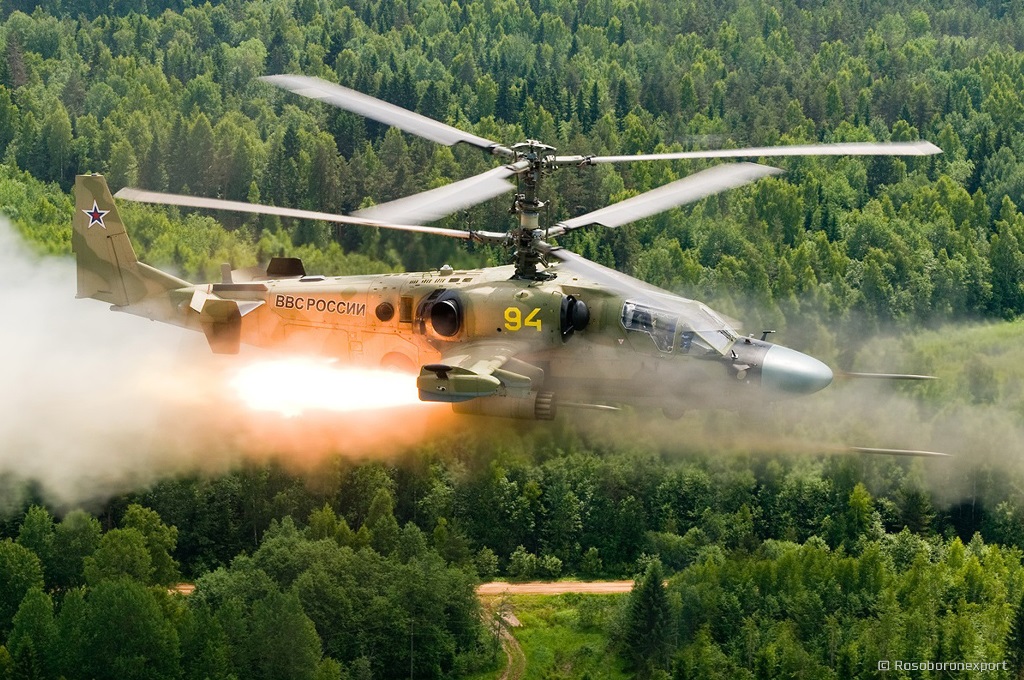“From Flying Coffins to Killers: How Russian Attack Helicopters Became Ukraine’s Worst Nightmare”
But in a dramatic reversal that is reshaping the dynamics of the air war, those same aircraft have evolved into lethal precision strike platforms, instilling fear into Ukrainian frontline units and rewriting NATO threat assessments.
(DEFENCE SECURITY ASIA) — At the outset of the full-scale war in Ukraine, Russian attack helicopters were derided as flying coffins—slow, exposed, and systematically shredded by Ukrainian air defenses.
But in a dramatic reversal that is reshaping the dynamics of the air war, those same aircraft have evolved into lethal precision strike platforms, instilling fear into Ukrainian frontline units and rewriting NATO threat assessments.
What was once dismissed as an outdated aerial force has now reemerged as a high-impact battlefield asset—an evolution that Lieutenant Colonel Emiliano Pellegrini of the NATO Joint Air Power Competence Centre (JAPCC) describes as “Kyiv’s worst nightmare.”
Speaking at the International Military Helicopter (IMH) 2025 summit in London, Pellegrini—one of Europe’s foremost helicopter warfare experts—offered a stark appraisal of Russia’s transformation in rotary-wing doctrine and capability.
“The early days of the war were brutal for Russian helicopters,” Pellegrini said. “They paid a steep price for their mistakes, but they’ve adapted fast, and now they’ve completely changed the game.”
In the first phase of the conflict, Moscow deployed an initial rotary-wing force comprising 75 Kamov Ka-52 ‘Hokum-Bs,’ 55 Mil Mi-28 ‘Havocs,’ and 95 Mil Mi-24/35 ‘Hinds’—only to suffer catastrophic losses.
By March 2023, after just one year of fighting, Russia had lost 59 helicopters—42 of which were shot down in-flight and 17 destroyed on the ground—amounting to almost 30 percent of its operational fleet.

JAPCC’s open-source analysis revealed another troubling metric: at any given moment, up to a third of Russia’s helicopters were grounded due to combat damage, technical issues, or logistical shortfalls.
It was a textbook example of tactical failure, with aircraft flown low and slow—mimicking Cold War-era “flying artillery” roles—exposing them to man-portable air defence systems (MANPADS), small arms, and mobile anti-aircraft fire.
According to Pellegrini, “Russia treated helicopters like 20th-century flying artillery—low, slow, and utterly exposed. Every time they climbed to launch rockets, they turned themselves into perfect targets.”
Stinger and Starstreak missiles, paired with Ukraine’s tactical acumen, turned the battlefield into a graveyard of burning rotorcraft.
MANPADS were responsible for nearly half of all Russian helicopter losses—49 percent in the first year—followed by 22 percent from anti-aircraft artillery, 17 percent from small arms fire, and 12 percent from direct-fire anti-tank weapons.
Ka-52s were hit hardest, representing 62 percent of all losses due to their frequent front-line deployment, while the Mi-24/35 and Mi-28 accounted for 21 percent and 17 percent respectively.
But by 2024, a profound shift had taken place.

Losses in the air had dropped by 52 percent to just 19 helicopters, even as ground losses rose 40 percent—evidence of more cautious, calculated airframe usage and improved deployment strategies.
Early 2025 data indicates this trend is accelerating in Russia’s favor, which Pellegrini attributes to a radical overhaul in tactics, survivability measures, and mission integration.
The cornerstone of this turnaround lies in a doctrinal pivot to long-range standoff engagements, aided by precision-guided weapons, electronic warfare support, and enhanced aerial coordination.
Modernized Ka-52Ms, equipped with advanced GOES-451M optics and the 25km-range Izdeliye 305 (LMUR) missile, are now capable of executing sniper-like strikes from well outside Ukrainian air defense envelopes.
Electronic warfare helicopters jam radar and infrared signatures, while drone swarms relay real-time targeting data, transforming Russian rotary operations into a synchronized, multi-domain kill web.
Analyst Justin Bronk, a leading voice at RUSI, emphasized the importance of this doctrinal evolution: “They learned the hard way—distance is their friend now,” he said, noting that the shift has directly contributed to the dramatic decline in aerial attrition.
Technology, not just tactics, has played a decisive role.

Russia’s attack helicopters are no longer reliant on brute force, but on upgraded targeting systems, electronic countermeasures, and software improvements that have resolved long-standing issues like the Ka-52’s notorious vibration-induced aiming errors.
Infrared jammers now thwart heat-seeking missiles, while next-generation night vision optics give Russian pilots a significant advantage during nocturnal engagements—turning darkness into an offensive asset.
The Mi-28 and Mi-35 fleets, once considered vulnerable relics, have been retrofitted with adaptive counter-MANPADS defenses, onboard ECM pods, and improved avionics, narrowing the survivability gap with NATO-standard platforms.
“Russian helicopters aren’t new, but they’re smarter now,” observed Ukrainian military analyst Oleksandr Pavlenko in March 2025, underscoring a painful truth for Kyiv.
Indeed, Ukraine’s once-decisive advantage with portable air defenses—particularly the Soviet Igla and NATO-supplied systems—has begun to wane in effectiveness against helicopters now operating beyond their optimal engagement zones.
“They’re not invincible,” a Ukrainian General Staff officer conceded to Ukrinform on March 1, 2025, “But they’re a hell of a lot harder to hit.”
The burden on Ukraine’s air defense network is growing heavier, as it scrambles to protect urban centers and forward positions from a mix of cruise missiles, Shahed-136 drones, and increasingly effective Russian rotary-wing strikes.

The latest Ka-52 variants are now not just supporting ground operations but helping shape them, acting as flying artillery command nodes, drone coordinators, and precision executioners from the sky.
Across contested fronts—from Avdiivka to Kupiansk—these helicopters are now orchestrating destruction with deadly efficiency, contributing significantly to Russia’s limited but persistent tactical advances.
This evolution sends a chilling message to NATO and neighboring states: Russia’s rotary-wing capability—once seen as a legacy burden—is now a critical instrument of hybrid, network-centric warfare.
Forged in the crucible of a brutal conflict, Russia’s helicopters have become hunters, not hunted.
And in Ukraine’s contested skies, they have reasserted themselves as a pivotal force—reborn, rearmed, and relentlessly lethal.
— DEFENCE SECURITY ASIA


